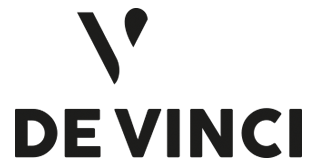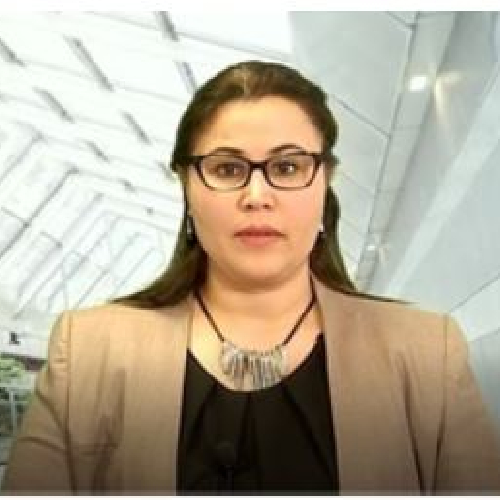@inproceedings{hentati_3197,
title = {Experimental and Analytical Study on the Thermomechanical Behavior of PC/ABS Blend},
author = {FATMA HENTATI and RIDHA MNIF and Naila Hfaiedh and Johann Petit and LORENZO FAELLI},
editor = {Mechanical Engineering. Springer},
url = {https://link.springer.com/chapter/10.1007/978-3-031-65007-9_4},
issn = {978-3-031-65006-2},
year = {2024},
date = {2024-08-01},
booktitle = {Design and Modeling of Mechanical Systems - VI},
pages = {29-42},
publisher = {https://doi.org/10.1007/978-3-031-65007-9_4},
address = {Hammamet, Tunisie},
abstract = {In this study, we examine the small and large strain tensile properties
of the PC/ABS blend through experimental analysis and the application of predic-
tive analytical models. Our investigation includes an investigation of the effects of
temperature and strain rate on the tensile response, with strain rates ranging from
1.25 10?4 s?1 to 1.25 10-1 s?1 and temperatures ranging from 20 °C to 120 °C.
The experimental findings prove that the tensile behavior of the material blend is
sensitive to both strain rate and temperature. As temperature increases, the yield
strength and strain of the material blend decrease significantly, while the modulus
experiences a slight decrease. Following an analysis of material parameters using
various constitutive models such as G'Sell and Jonas, and DSGZ, a phenomeno-
logical model named the DSGZ modified model by ?Zhu et al.? was selected to
characterize the tensile behavior of PC/ABS. In comparison with other models,
the ?Zhu et al.? model demonstrates a higher level of accuracy. The proposed
model exhibits proficient capability in simulating and predicting tensile behavior
across various strain rates. However, regarding the influence of temperature, the
predicted responses notably deviate from the experimental data.},
note = {10th Conference on Design and Modeling of Mechanical Systems, CMSM'2023, December 18-20, 2023, Hammamet, Tunisia},
keywords = {},
pubstate = {published},
tppubtype = {inproceedings}
}












